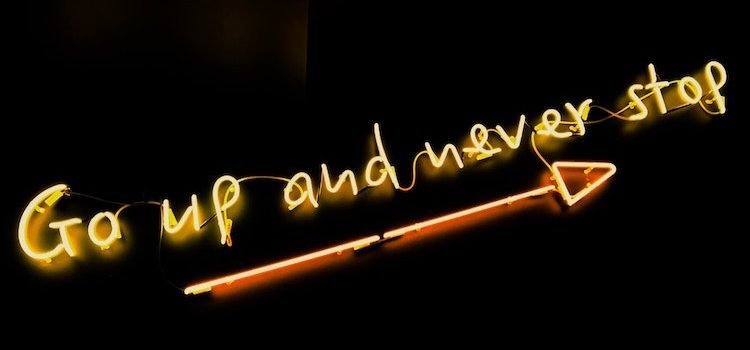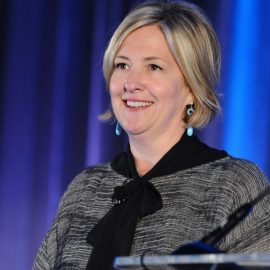

This article is an excerpt from the Shortform book guide to "Think Like a Rocket Scientist" by Ozan Varol. Shortform has the world's best summaries and analyses of books you should be reading.
Like this article? Sign up for a free trial here .
When you achieve something, do you fall into the trap of complacency, or do you learn from success and keep growing? In what ways can complacency hinder you?
Success can be dangerous if you fail to analyze it and understand why you succeeded. Success is never final—there’s always another task to achieve and another goal to reach. Just as you can learn from failure, you can learn from success and never stop succeeding and growing.
Read more to discover how to learn from success.
Don’t Let Success Make You Complacent
When you’ve finally achieved what once seemed impossible, avoid the trap of complacency. According to Varol, success can be as dangerous as failure because we underestimate the role that luck plays in success. That’s because when we succeed, we don’t analyze our strategy as much. We think, “It worked, so it must have been a good strategy,” even though that’s not necessarily true. (Shortform note: In Fooled by Randomness, Nassim Nicholas Taleb argues that ignoring the role of luck in success is a common human fallacy. However, according to Taleb, the bigger the success, the more likely it is that luck was the key determining factor.)
Varol believes that success is never final, and as humans, we’re never done growing. Therefore, even when you succeed, don’t think of yourself as having “won.” That mindset is dangerous—you think you’ve already succeeded, so you no longer need to work hard or monitor your progress. Some of the most successful people in history thought of themselves as works in progress, not established champions. This prevented them from becoming complacent. (Shortform note: According to Superforecasting authors Philip Tetlock and Dan Gardner, this constant drive for self-improvement is a common trait in “superforecasters”—people who can predict the future with better-than-average accuracy. In fact, Tetlock’s research shows that this mindset is three times more important than any other factor in determining superforecasters’ success.)
How Rocket Scientists (Failed to) Learn From Success
Varol centers this principle on two famous failures in the field of rocket science: the fatal explosions of the Challenger and Columbia space shuttles. He argues that the underlying cause of both disasters was complacency caused by a string of previous successes. This complacency prevented NASA’s leadership from critically examining small problems with the Challenger and Columbia launches—similar issues had worked themselves out in the past, so NASA leaders mistakenly assumed the same would automatically happen this time.
(Shortform note: In The Chimp Paradox, Steve Peters argues that complacency isn’t the only common reaction to success. Sometimes, success can also generate a paralyzing fear that we won’t be able to repeat the performance. In the case of the Challenge and Columbia disasters, it’s possible that this fear of failure and the accompanying pressure to succeed pushed NASA leaders to take unnecessary risks rather than publicly admitting to a problem.)
How You Can (Actually) Learn From Success
Here are Varol’s tips for learning from success and avoiding complacency:
1) Pay attention to “near misses”—successful experiences where things almost went terribly wrong but didn’t—instead of waiting to learn from spectacular successes or failures. (Shortform note: Varol argues that it’s easy to overlook “near misses” and lump them with other successes, but other authors disagree. For example, in David and Goliath, Malcolm Gladwell describes how people who survive a traumatic experience often view it as a “near miss”; however, the traumatic experience often becomes a sticking point in their lives and is neither easy to forget nor classed as a success.)
2) Always analyze your decisions, and do so objectively. Before making a decision, Varol recommends using a premortem analysis—a thought experiment in which you assume that you’ve already made a particular decision and it went horribly wrong. Try to explain what went wrong, then come up with ways to avoid those pitfalls. As you go, list a rough probability for each possible issue. This will give you a clearer picture of the situation before you begin a new venture. It’ll also prevent you from slipping into complacency and assuming things will go right. (Shortform note: According to The Obstacle Is the Way author Ryan Holiday, this technique dates all the way back to Stoic philosophers. The philosopher Seneca advised his students to plan their reactions to potential negative outcomes in advance so they’d never be caught off guard.)
After making a decision, Varol recommends using a postmortem analysis to figure out what went wrong (and what went right) in something that already happened. When you conduct a post-mortem analysis, ask yourself which parts of the outcome were due to luck and which were due to good decisions or skill. (Shortform note: If you lead postmortems for a team, be sure to vary your questions after each project, as Catmull advises in Creativity, Inc. Otherwise, your team may begin to predict your questions, leading to less critical thinking on the spot.)
To never stop growing, we must remember that we can learn from success and that success is never final.

———End of Preview———
Like what you just read? Read the rest of the world's best book summary and analysis of Ozan Varol's "Think Like a Rocket Scientist" at Shortform .
Here's what you'll find in our full Think Like a Rocket Scientist summary :
- How to solve problems like billionaire entrepreneur Elon Musk
- Why you should treat your ideas like scientific hypotheses
- How to bounce back from failure and avoid complacency after success






